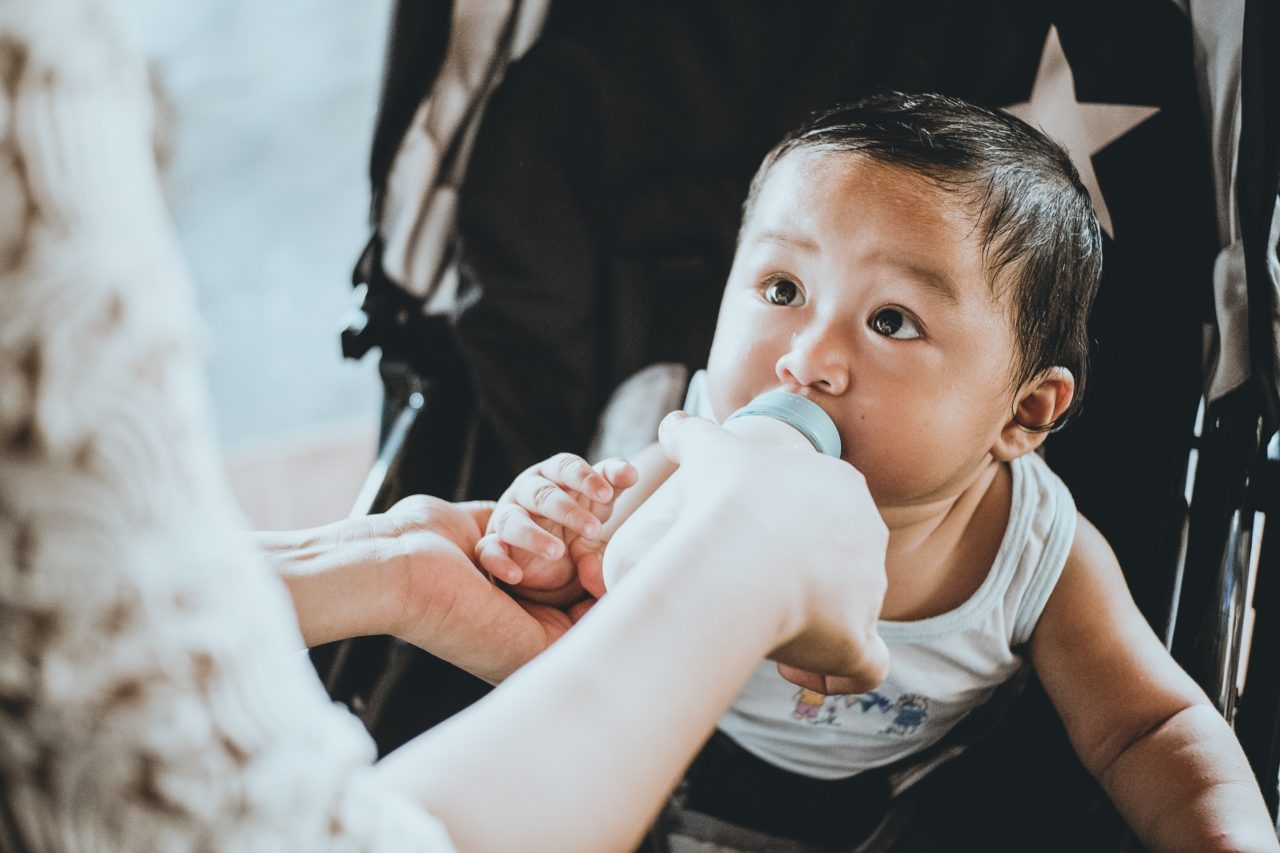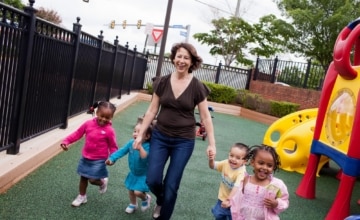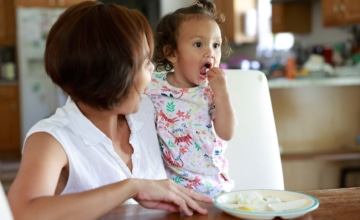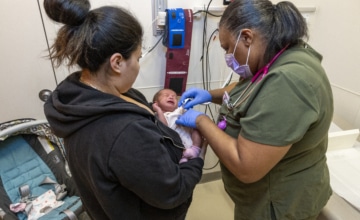Desired Results for Children and Families was designed to move away from a process-oriented compliance model to a focus on child and family outcomes. The system is implemented by California Department of Education (CDE) Early Learning and Care Division (ELCD).
All CDE-funded child care and development programs are expected to contribute to six desired results:
- children are personally and socially competent,
- children are effective learners,
- children show physical and motor competence,
- children are safe and healthy,
- families support their children’s learning and development, and
- families achieve their goals.
The Desired Results program consists of four evaluation components:
- Desired Results Developmental Profile: A Developmental Continuum from Early Infancy up to Kindergarten Entry – these assessment instruments are designed for teachers to observe, document, and reflect on children’s learning and development. Assessment results are meant to be used by teachers to tailor curriculum and instruction to meet children’s needs.
- Desired Results Parent Survey – this survey is administered once a year to gather information about parents’ satisfaction with the program and their progress on the family outcomes (5 and 6 above).
- Environmental Rating Scales (ERS) – the ERS assessments are used to measure the quality of the program environment, including child-teacher interactions, use of language, and materials. They are administered annually.
- Program Self Evaluation – this self-assessment is also conducted annually and asks programs to reflect on factors such as family involvement, funding, professional development, and approaches to teaching.
Revised January 2020




